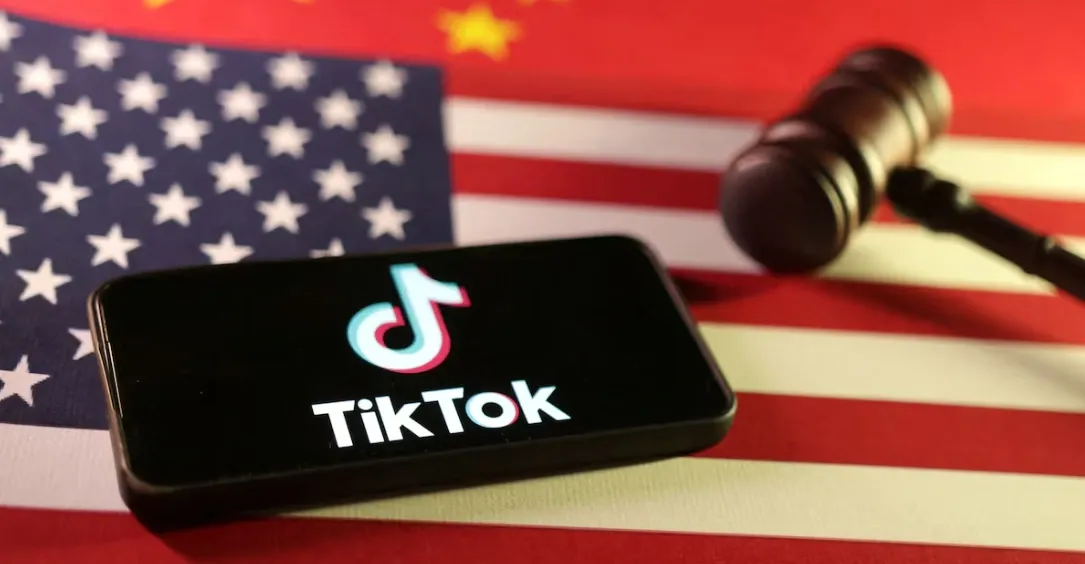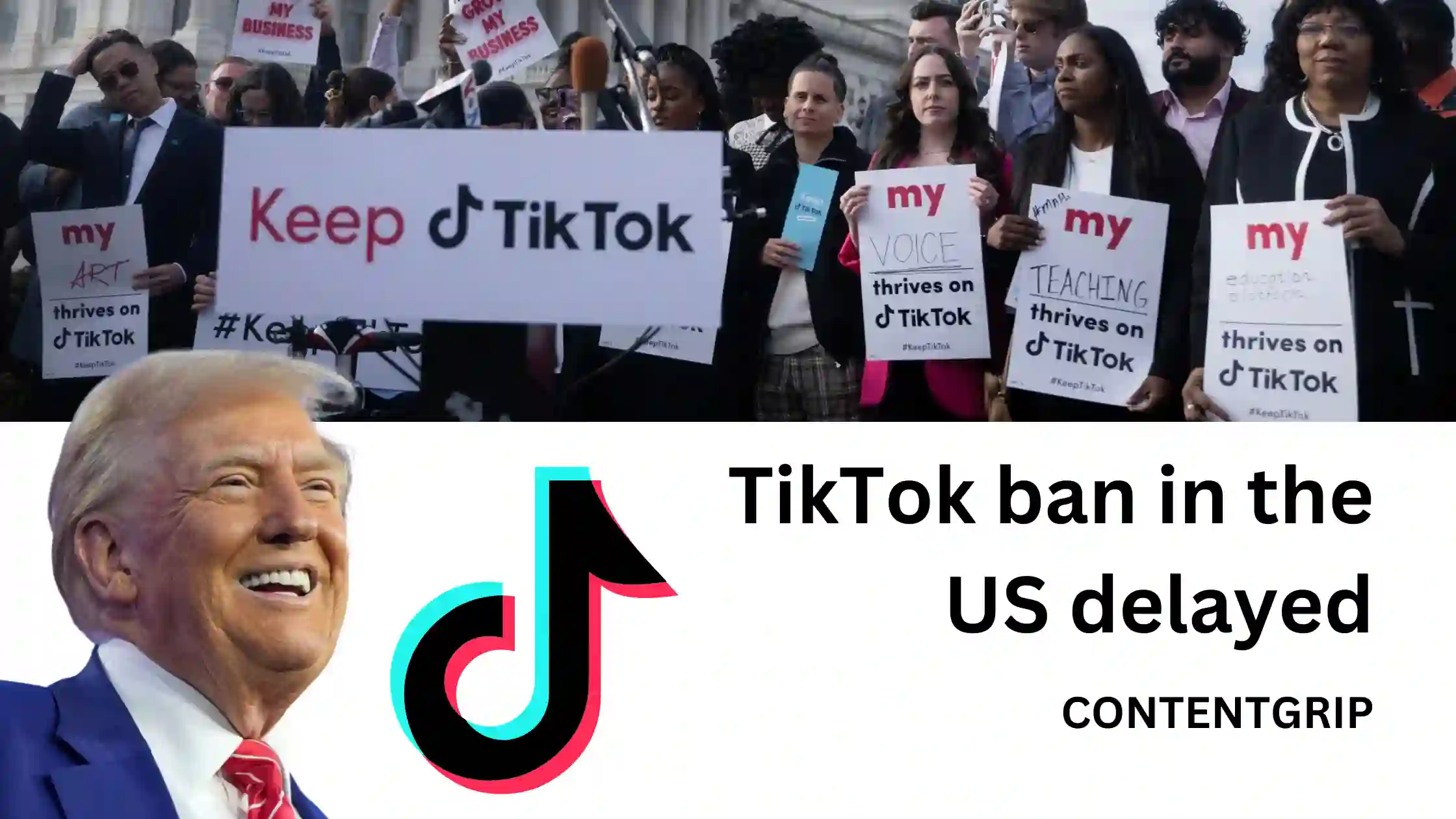TikTok plans separate M2 app for US users
TikTok may split off a U.S.-only app as regulatory pressure mounts

TikTok may soon look very different for its 170 million U.S. users and for marketers who rely on the app for reach and conversions.
ByteDance is reportedly building a standalone U.S.-only version of TikTok with its own algorithm and infrastructure, in a last-ditch effort to avoid a nationwide ban.
This article explores what marketers need to know about the upcoming changes, including how the split might impact ad targeting, measurement, and budget allocation. With a tight September deadline and billions in U.S. ad revenue at stake, the stakes are high and the uncertainty even higher.
Short on time?
Here’s a table of contents for quick access:
- What’s going on: TikTok’s U.S. contingency plan
- How the TikTok M2 saga led to Trump’s new executive deal
- What this means for marketers
- Ad stack, performance, and disruption risk
- Usage and behavior: will audiences even notice?
- What marketers can do now

What's going on: TikTok's U.S. contingency plan
TikTok is reportedly racing to launch “M2,” a standalone U.S. version of the app, by early September 2025. This is just ahead of the U.S. government’s September 17 divest-or-ban deadline. This new version is said to feature an entirely separate algorithm and backend infrastructure designed to operate independently from its global counterpart.
The move comes amid mounting national security concerns and legal pressure on parent company ByteDance to divest its U.S. operations. The U.S. app would store user data in Oracle-run American data centers, a continuation of efforts under “Project Texas”.
The timeline is tight, and questions linger around whether a standalone U.S. TikTok could gain the necessary regulatory approval from both U.S. and Chinese authorities in time.

How the TikTok M2 saga led to Trump's new executive deal
TikTok’s path to a U.S.-only app didn’t happen overnight. The platform has been caught in a years-long tug-of-war over national security, data control, and political influence. Here’s how the story has unfolded and what’s new in 2025.
An updated snapshot timeline:
- July 2020: President Trump signals plans to ban TikTok, citing national security risks tied to its Chinese ownership.
- August 2020: Trump signs an executive order to ban TikTok, citing censorship and data concerns.
- September 2020: A federal court blocks Trump’s order to ban TikTok downloads, citing lack of evidence and due process.
- October 2020: Another federal court blocks the ban, stating Trump exceeded his authority under emergency powers.
- November 2020: A second court upholds the block on appeal, citing insufficient evidence against TikTok.
- July 2021: President Biden revokes Trump’s ban efforts but raises similar concerns about data security.
- December 2022: Congress passes a bill to block foreign-controlled social apps, including TikTok, with bipartisan support.
- March 2024: U.S. lawmakers pass a law forcing ByteDance to divest TikTok’s U.S. operations, a move upheld by the Supreme Court in January 2025.
- June 2024: Trump joins TikTok and gains a large following.
- September 2024: Trump pledges to save TikTok if elected, calling himself a “big star” on the platform.
- December 2024: A U.S. court upholds the sell-off law, rejecting TikTok’s appeals.
- January 2025: The Supreme Court upholds the TikTok sell-off law. The Biden administration delays enforcement, and President-elect Trump grants a 75-day extension.
- April 2025: Trump grants a second 75-day extension, citing ongoing negotiations amid rising U.S.–China trade tensions.
- 25 September 2025: The White House outlines a restructuring deal giving U.S. entities majority control of TikTok’s governance and algorithm.
- 26 September 2025: President Trump signs an executive order approving TikTok’s US$14 billion U.S. sale, allowing continued operations under a new ownership model. However, TikTok and Chinese President Xi Jinping have not yet indicated formal approval.
What this means for marketers
TikTok’s ad reach may be plateauing, but the U.S. still represents a critical revenue driver. The platform brought in nearly US$16 billion in U.S. ad revenue in 2023, with projections hitting US$32.4 billion in 2025 if no ban occurs. But the M2 shift introduces risks that could shake marketer confidence.
Here’s what to watch:
- Targeting uncertainty: With U.S. data isolated, ad targeting models will train on a smaller data set. Expect a potential drop in personalization and predictive accuracy, especially if the new algorithm underperforms .
- Measurement disruption: Changes to data handling may force marketers to reverify compliance and recalibrate performance benchmarks.
- Reach risk: Global ad reach on TikTok only grew 2% year-over-year in early 2025, lagging behind Instagram (+5.5%) and Snapchat (+4.6%), a worrying trend if performance falters further.
- Budget volatility: A botched transition could redirect billions in U.S. ad spend to competitors. WARC predicts that Meta alone could absorb 55% of this shift, split between Instagram (40%) and Facebook (15%).
Ad stack, performance, and disruption risk
A key unknown is whether the M2 app will run on the same ad tech stack as the global version. If not, expect changes to:
- Reporting tools (e.g. Ads Manager dashboards)
- Attribution models (especially for multi-touch or cross-device tracking)
- API connections with external martech or analytics platforms
Marketers could see performance volatility. Lower engagement or reach might raise CPMs and CPCs, requiring mid-flight optimizations.
Some experts expect ByteDance to draw from past playbooks. Courtney Shaw at Basis Technologies pointed out that when Meta launched Threads, it leveraged Instagram to drive adoption. TikTok may attempt something similar by nudging users toward M2 via in-app prompts and content links .
Usage and behavior: will audiences even notice?
User migration and creator behavior will play a huge role in how the split unfolds. While TikTok users in the U.S. spend an average of 53.8 minutes per day on the app, a number greater than any other platform. Thus, the shift to M2 could fracture creator followings and content virality patterns.
Content discovery may also change if recommendation engines diverge between the global and U.S. versions. Cross-pollination between the two ecosystems remains unclear.
There’s also a cultural factor: U.S. consumers tend to be more sensitive to behavioral targeting and data privacy. If TikTok M2 moves toward more privacy-preserving formats like contextual ads, marketers will need to adjust creative and targeting strategies accordingly.
What marketers can do now
While details are still emerging, here’s how marketers can start preparing:
- Pressure test your media mix: Simulate spend reallocations in case TikTok becomes unstable or underperforms. Prioritize readiness on Meta, YouTube, and Snap.
- Monitor ad platform changes: Stay updated on potential shifts in Ads Manager tools, APIs, and targeting capabilities.
- Build a contingency playbook: Plan for disruption in reach, creative format performance, and reporting metrics.
- Get legal eyes on it: Keep track of pending U.S. regulatory rulings and potential Chinese government pushback. These will shape rollout feasibility.
- Strengthen creator ties: Work directly with U.S.-based creators to test content formats that may perform well under a new algorithm.
The looming TikTok split isn’t just a regulatory story, it’s a strategic fault line for marketers.
Until more details solidify, adaptability will be essential. Whether or not TikTok’s M2 app sticks the landing, this moment is a clear signal for marketers to diversify risk, prepare for platform disruption, and maintain agility in their paid media strategies.





